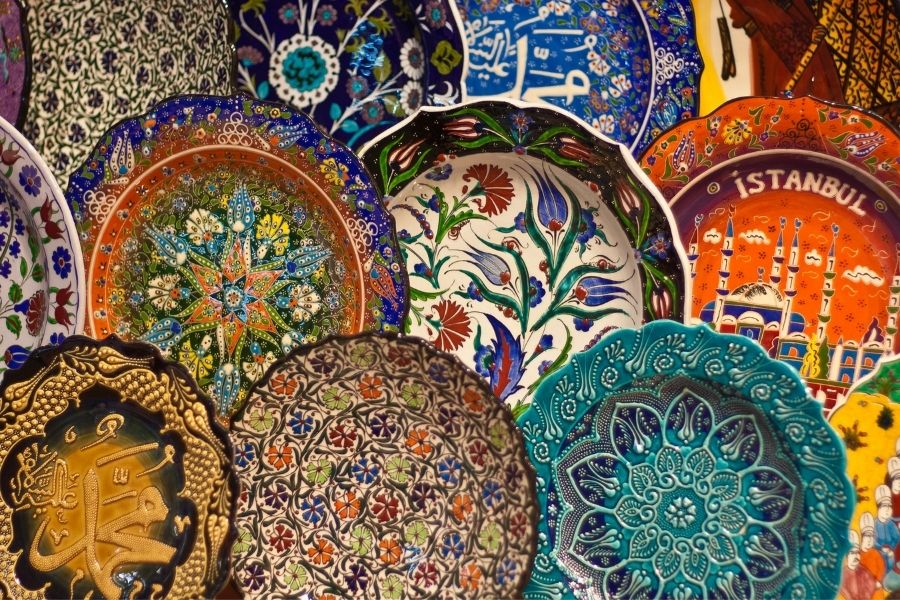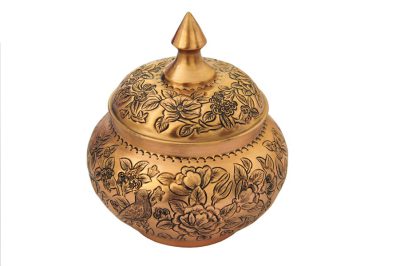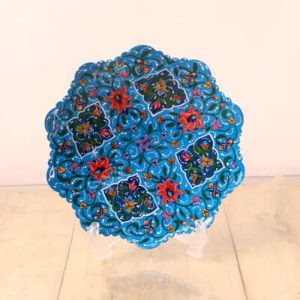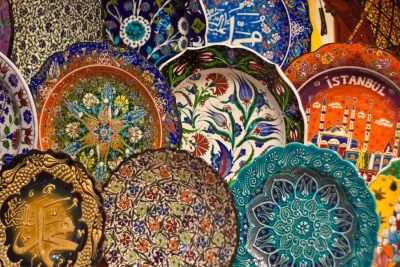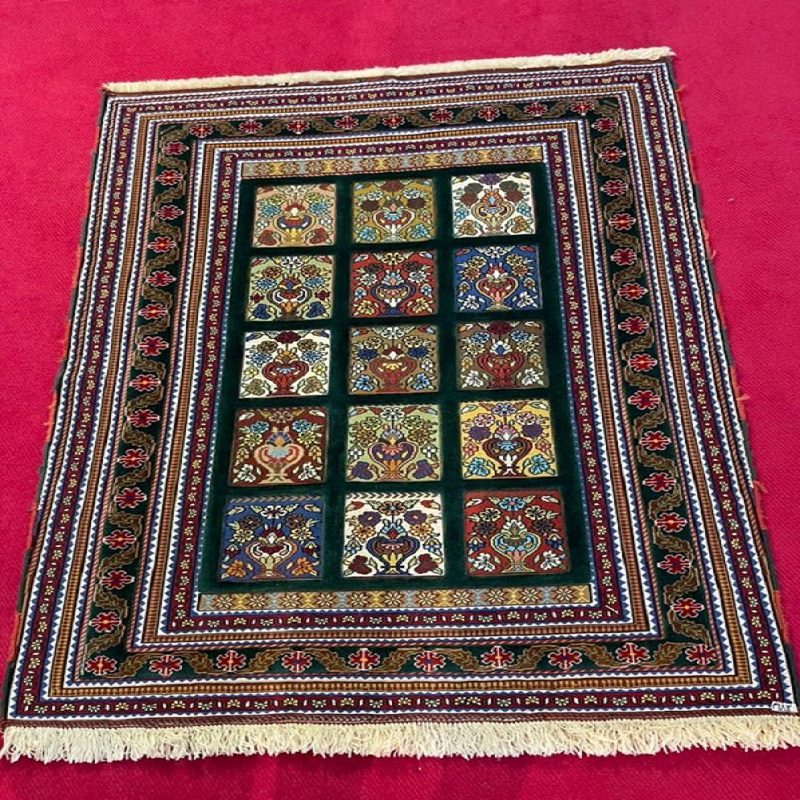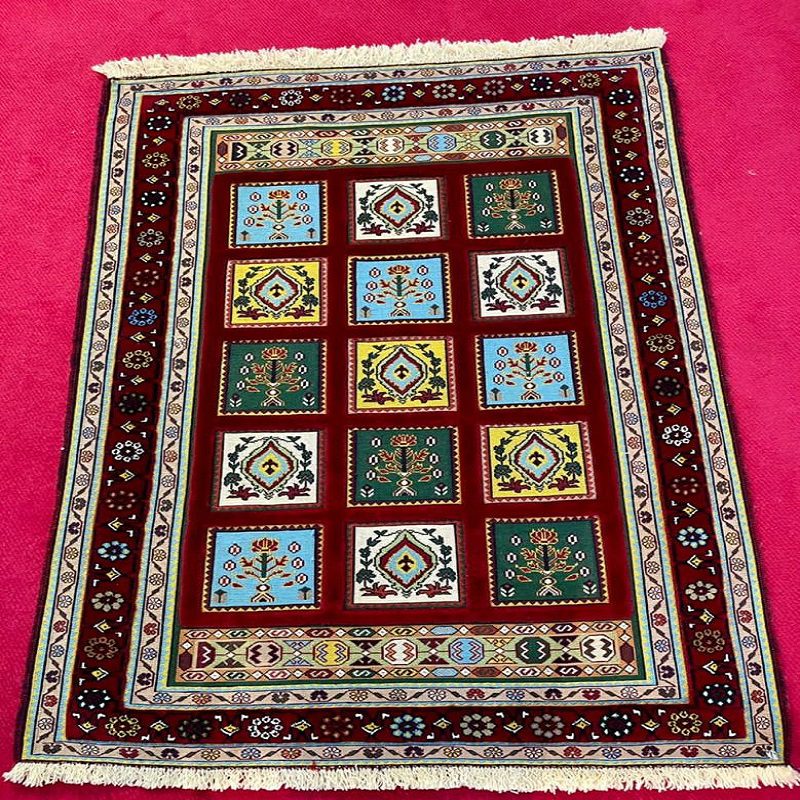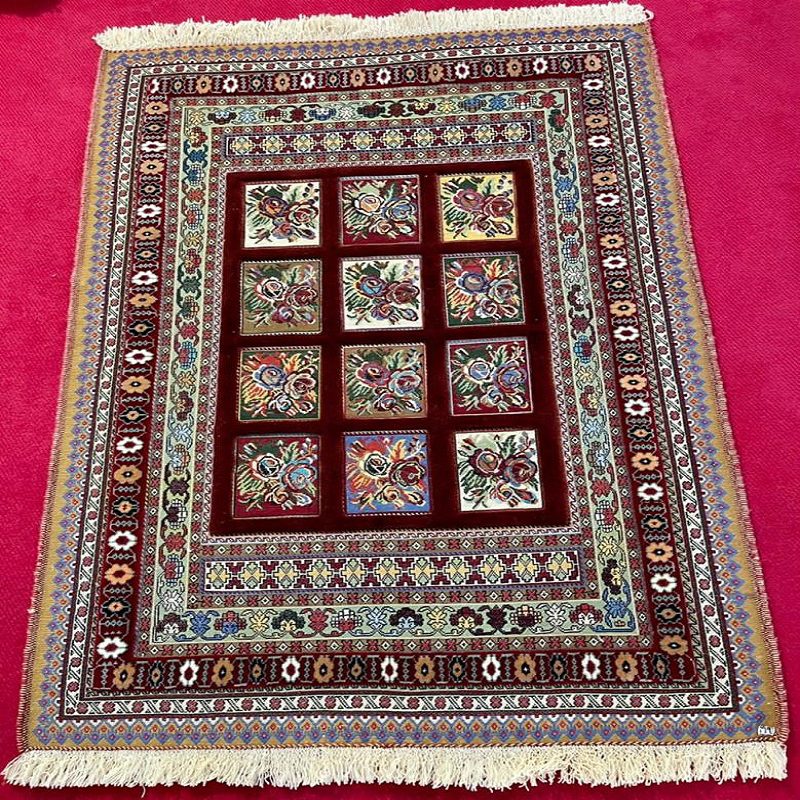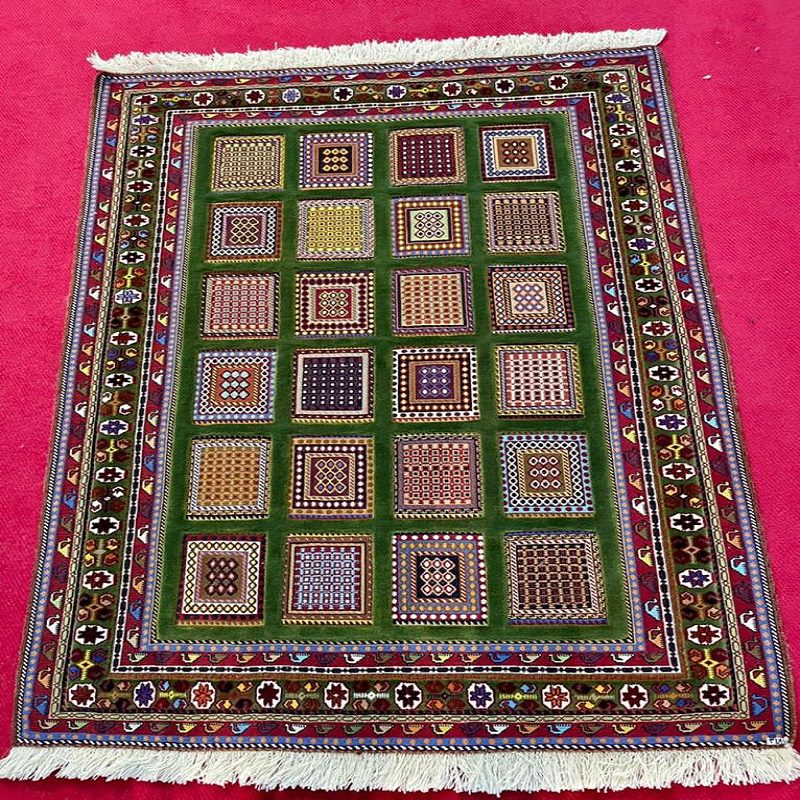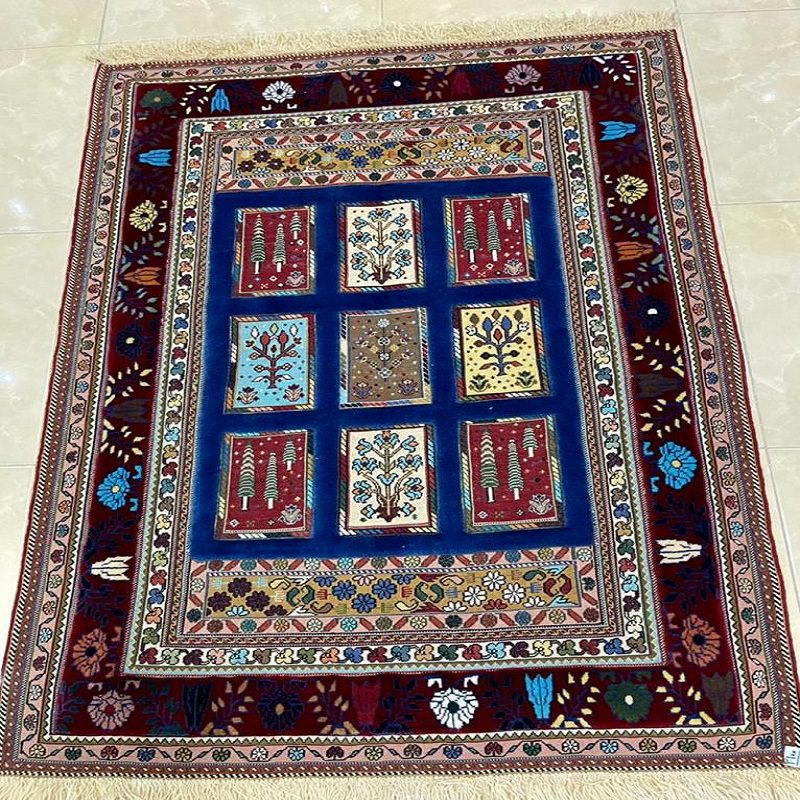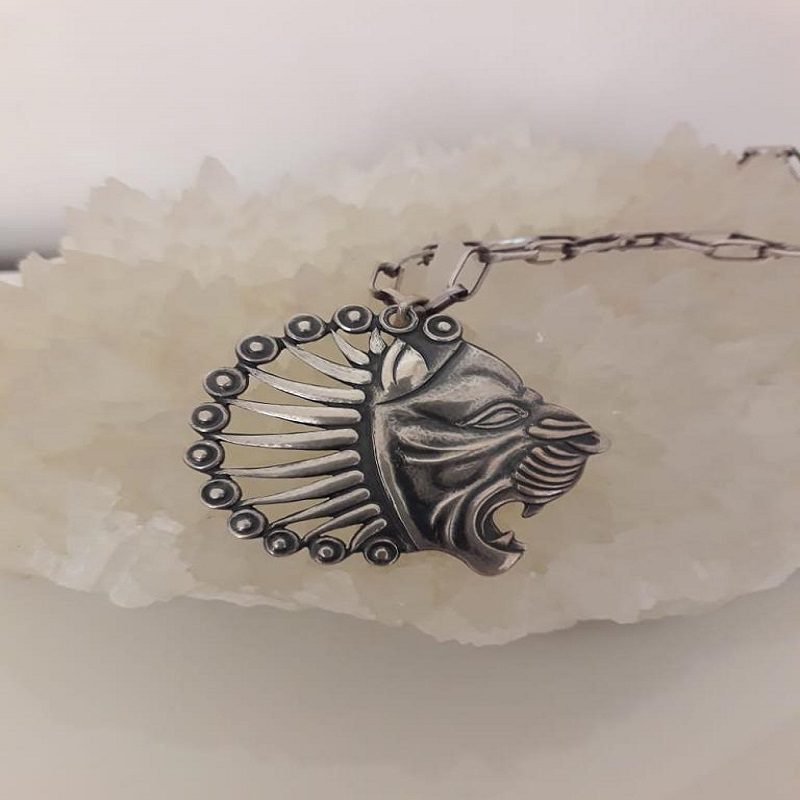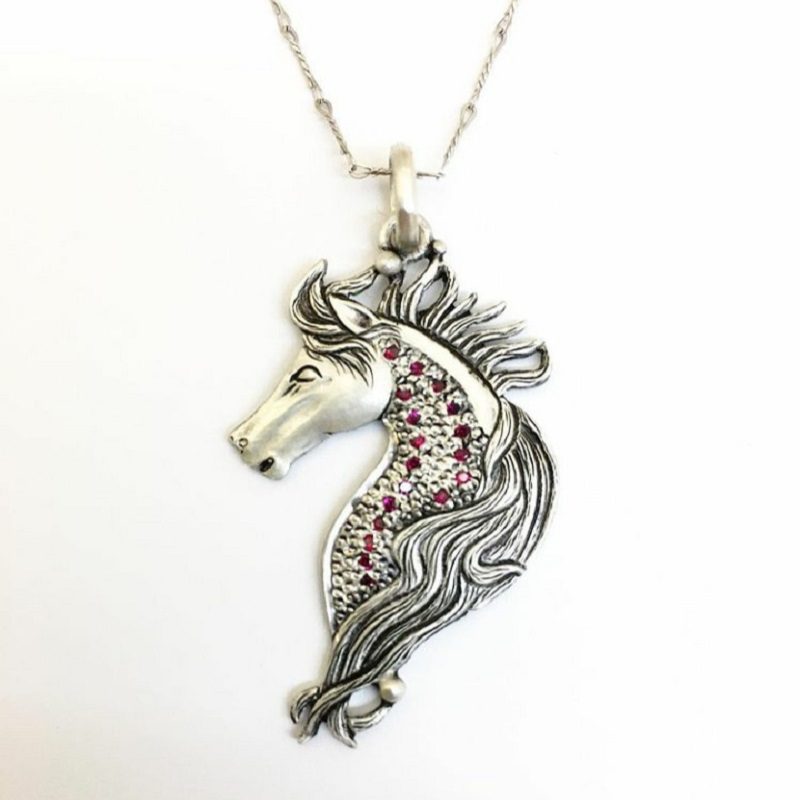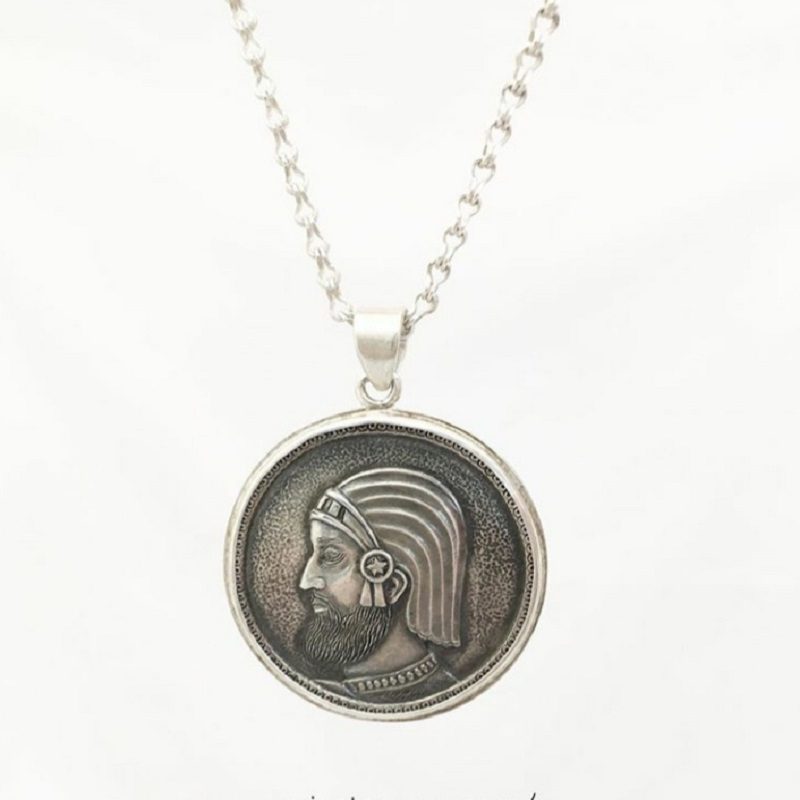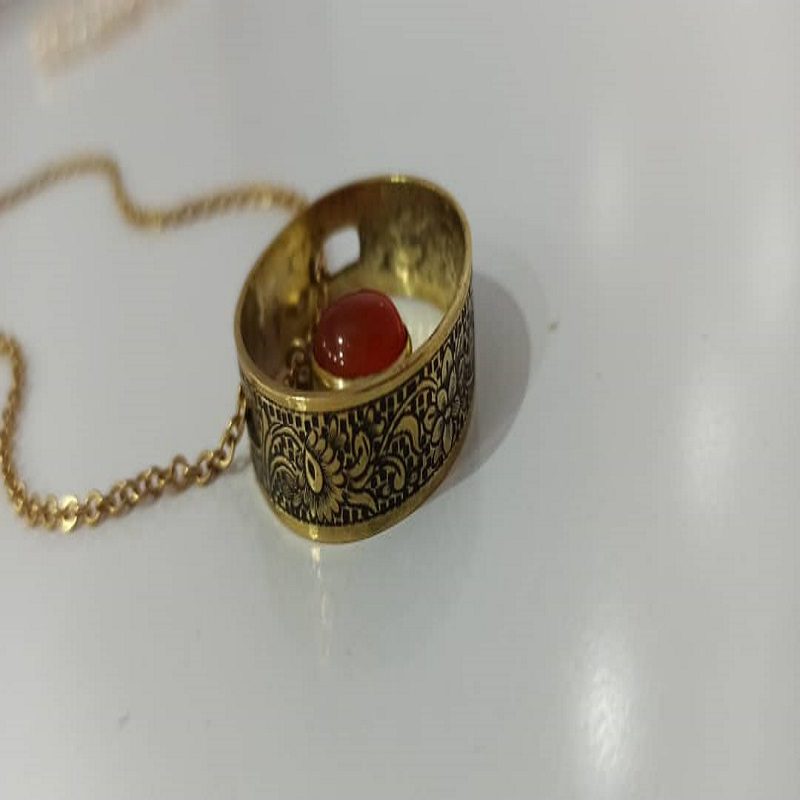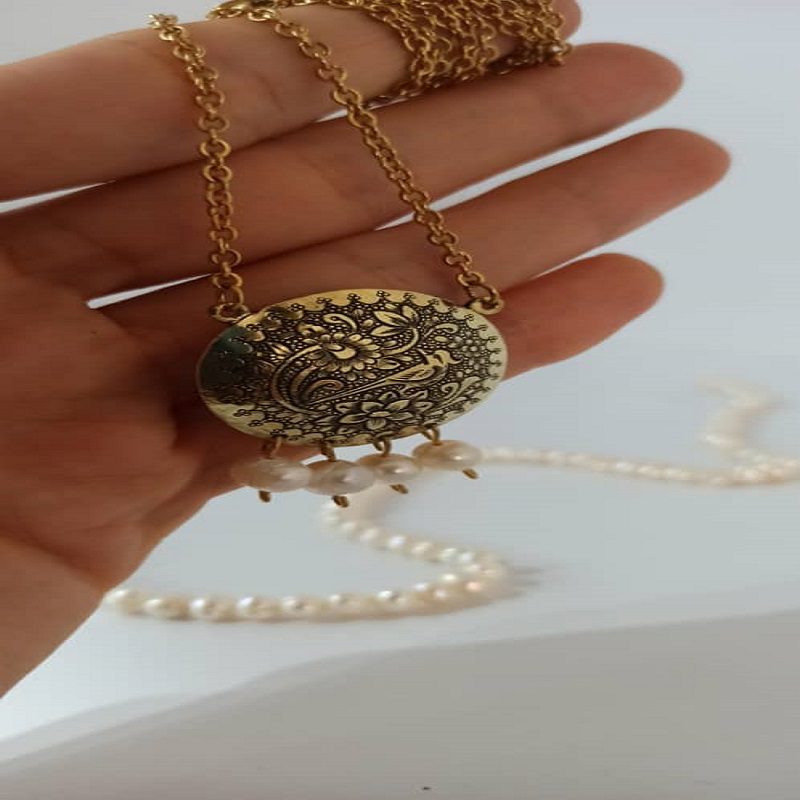Turkish Ceramic
Turkish ceramic art developed in Anatolia in the earliest times of the region. It plays a very important role in the history and culture of Turkey.
The history of ceramics production in Turkey dates back about 10,000 years, with different types developing in different regions. Mass production began in the mid-20th century, when Turkish ceramic manufacturers set up factories to produce ceramics on a much larger scale, leading to the popularity and increase in the production of Turkish ceramics.
A large part of the fascination with Turkish ceramics was, and still is, the strength of the bowl. Turkish pottery can retain its good condition and color for centuries.
In the 12th century, Seljuk Turks created pottery with motifs that focused on geometric shapes and patterns and favored shades of blue. As culture changed between the 15th and 17th centuries, the colors of ceramics became bolder and more distinctive, with clearer outlines and shapes. In the 16th century, Iznik ceramics reached its peak, resulting in over 300 artistic workshops operating simultaneously.
During this period, people used ceramics for decoration and as a tool to build and shape smooth surfaces. Creative groups, considered branches of ceramics, were involved in the production of tiles, bricks, and roofs. The most famous Turkish ceramics is Iznik ceramics, but there are also many historical, regional varieties of ceramics.

 Silver ring
Silver ring Silver bracelet
Silver bracelet Silver necklace
Silver necklace Silver set
Silver set Brass Jewelry
Brass Jewelry